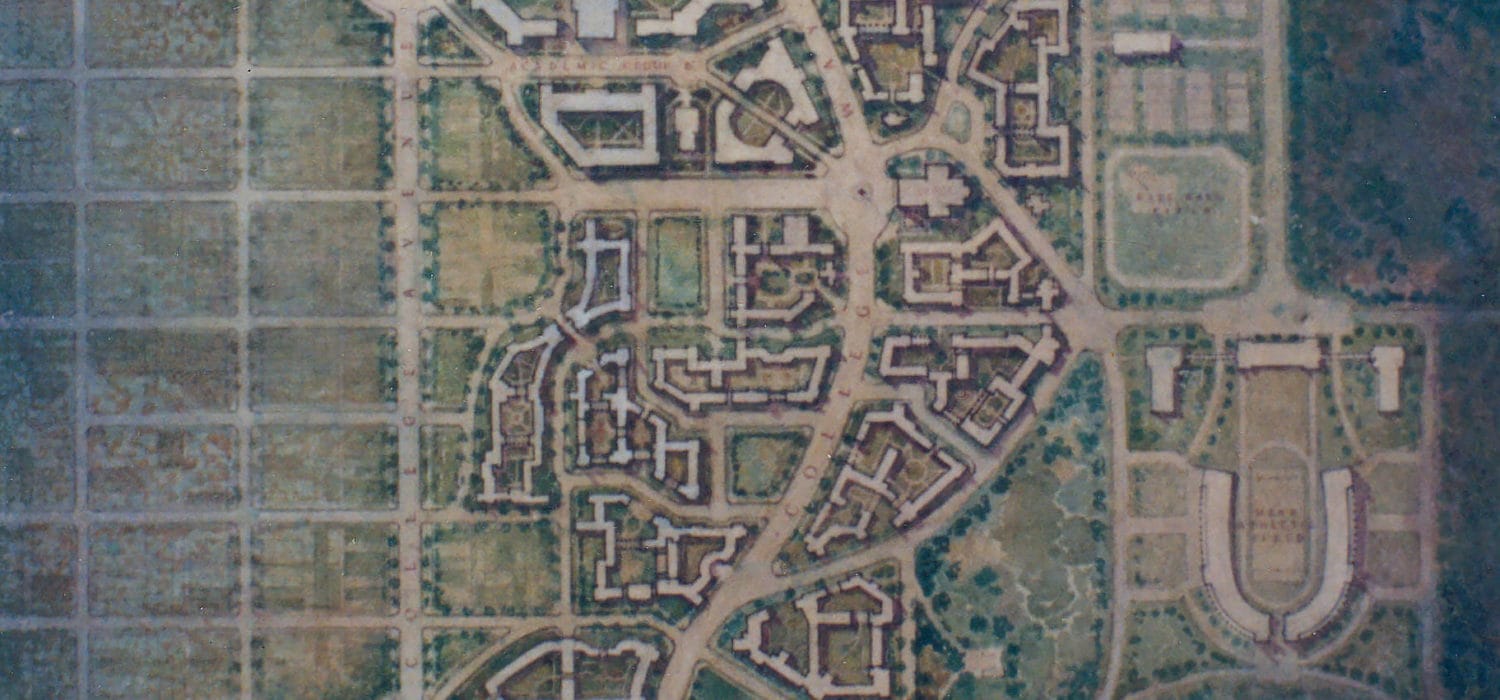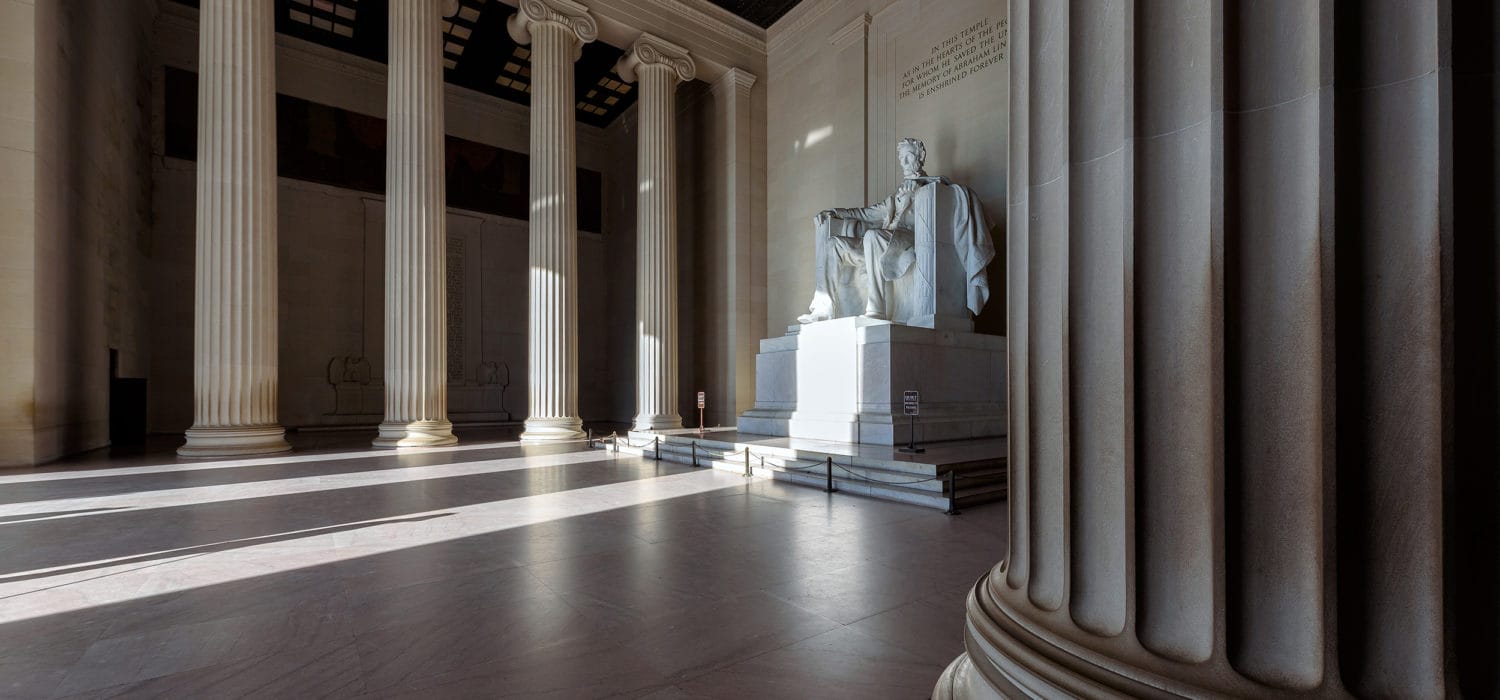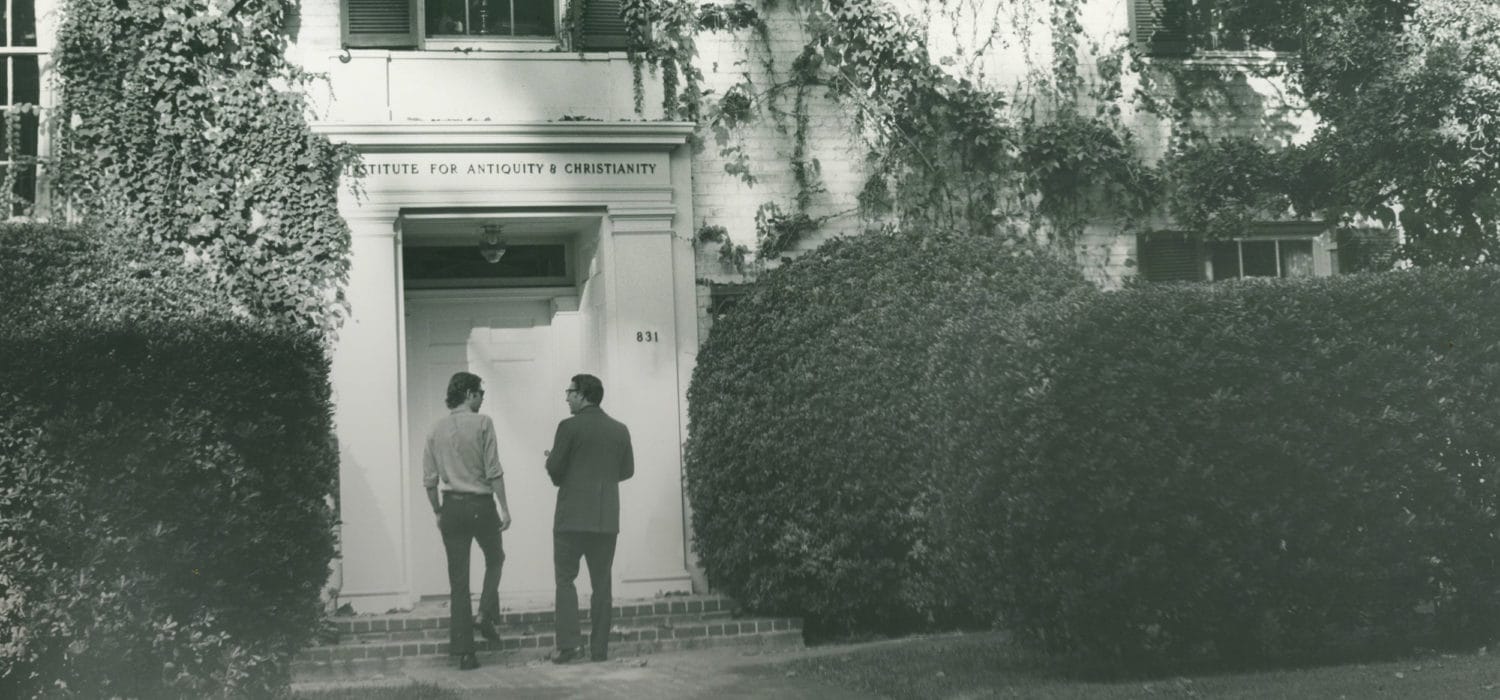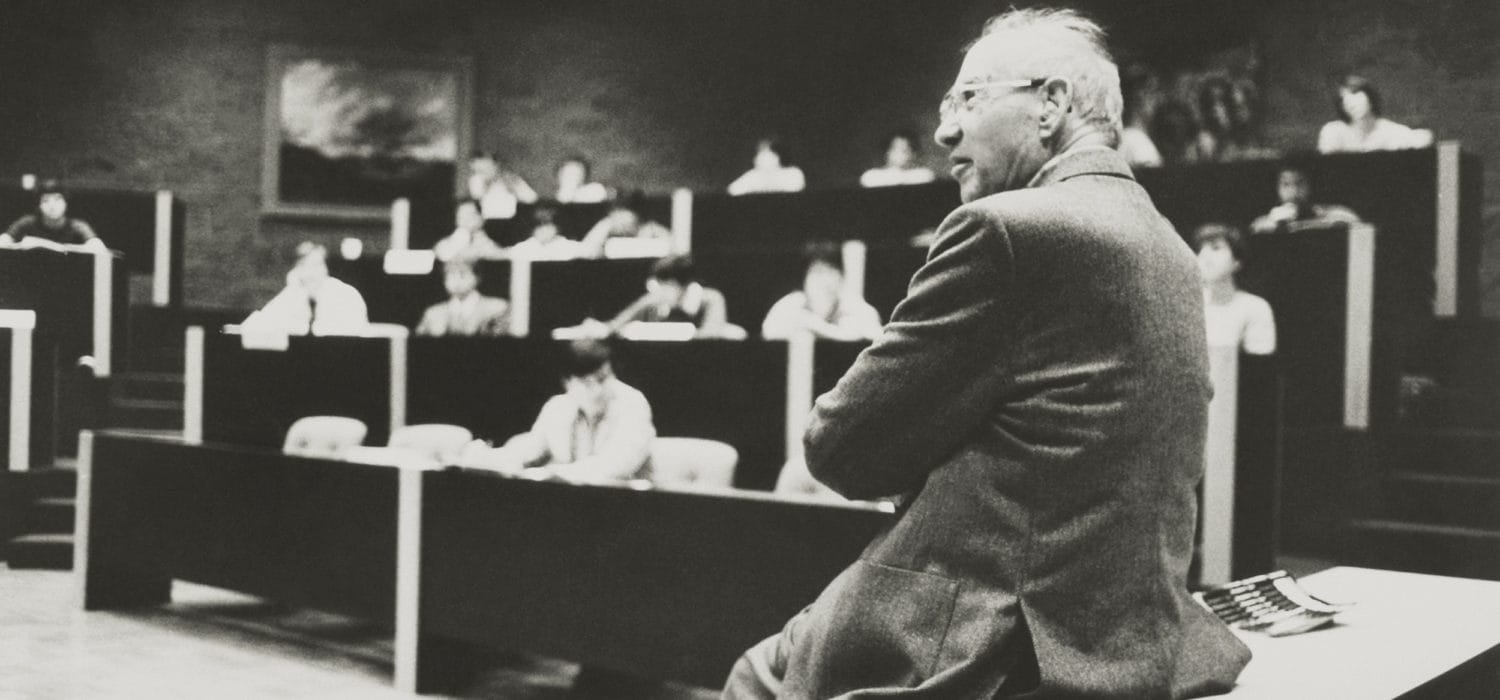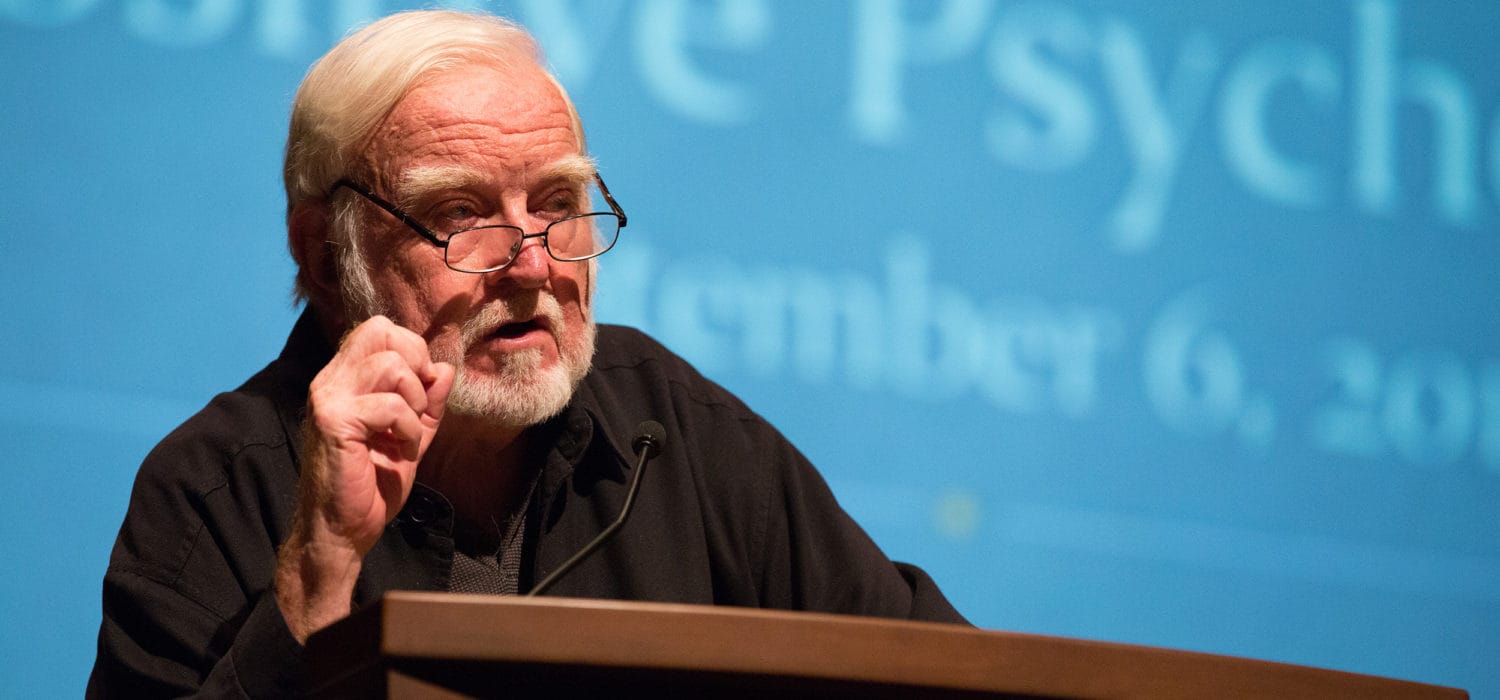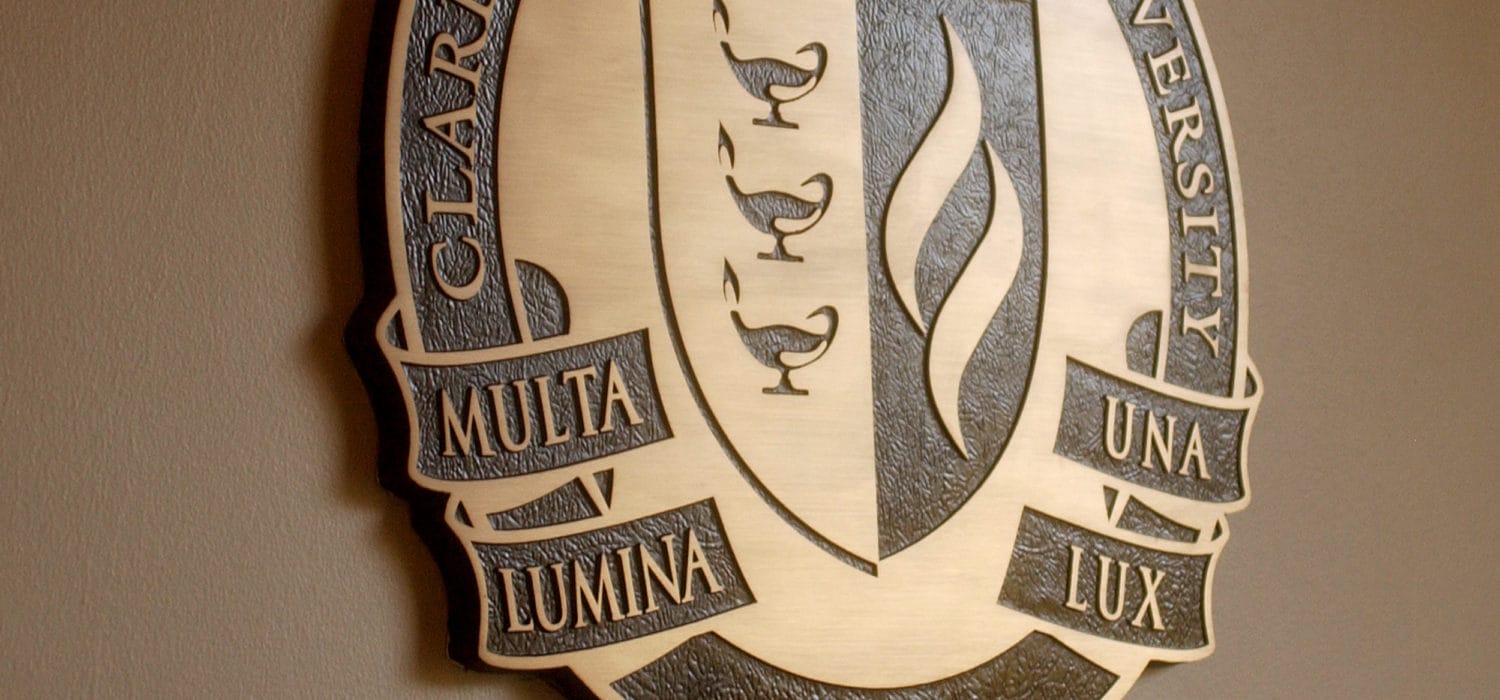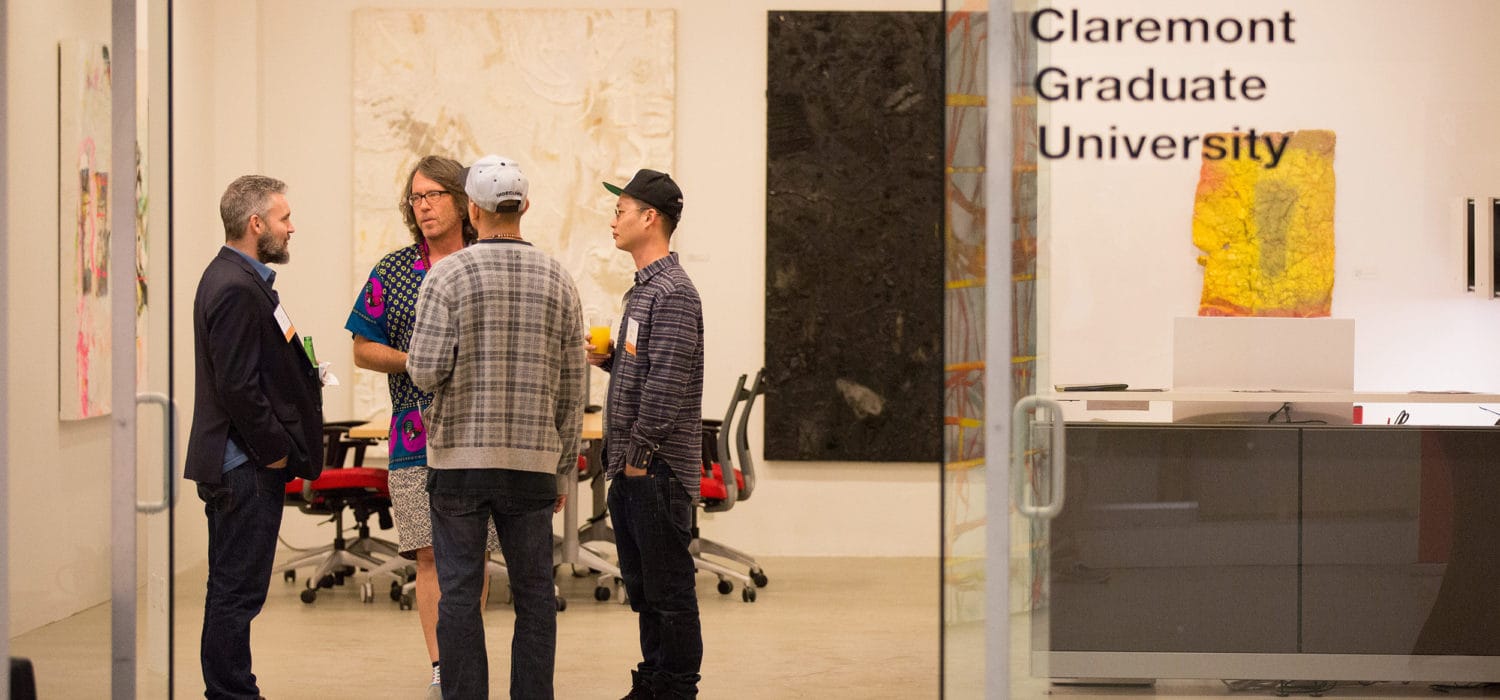A sampling of more than 90 years of CGU history: the milestones that define our past, the highlights that guide our present, and the moments that illuminate our future.
1880
October 14, 1887
Pomona College is founded. Prior to James Blaisdell’s Group Plan for what would later become The Claremont Colleges, this was the first institution to break ground.
1920
October 14, 1925
Thirty-eight years later, what would eventually become Claremont Graduate University is incorporated as part of the new coordinating institution: Claremont Colleges.
1927
In the fall, the university admits its first students.
June 10, 1928
CGU awards MA degrees to its first four graduates: Jerry Voorhis (Education), Eloise Sterling and Marjorie Belle Travers (English Composition), and Wiley Wells Mather (Political Science).
1928
Aubrey A. Douglas—whose son would later write a manuscript covering CGU’s early history—becomes the first full-time faculty member.
1929
The first art seminar is offered during the summer session.
1930
February 19, 1932
Harper Hall is dedicated. Named for founding trustee Jacob C. Harper and designed by architect Gordon Kaufmann, initially it serves as academic and administrative space as well as a library—hence the rooms on the second floor tall enough to accommodate bookshelves.
1936
James Blaisdell steps down as president of CGU.
1937
The university grants its first doctorate to Dorothy Walter Baruch, who goes on to a distinguished career as a psychologist and author of children’s and child-rearing practice books.
1940
1940
There are 259 students admitted in the fall. The graduate school awards its first PhD in Education.
1941
In September 1941, 109 men and 121 women are enrolled at the graduate school. After the Pearl Harbor attack of December 1941, the United States enters WWII and enrollment falls to 42 men and 95 women.
1944
In October, the coordinating institution known as The Claremont Colleges changes its name to Claremont College.
1946
In January, the idea of a single centralized library (there are three at the time) serving The Claremont Colleges is first proposed.
1949
The university receives initial accreditation from the WASC Senior College and University Commission (WSCUC).
1950
1951
CGU launches its program in Politics & Public Policy, one of the oldest of its kind in the United States.
The Rancho Santa Ana Botanic Garden—home to CGU’s Botany Department—is moved from Orange County to its current Claremont location north of Foothill Boulevard.
October 23, 1952
The Honnold/Mudd Library (a.k.a. The Claremont Colleges Library) is dedicated and opens, combining the collections of Pomona College, Claremont McKenna College, and CGU into a central library system for all the Claremont institutions.
1958
CGU’s Religion program is conceived when ground is broken at the newly affiliated Claremont School of Theology—formerly the School of Religion at University of Southern California—enabling both institutions to share faculty members, research, and other resources. Four students graduate with Master of Arts in Religion degrees in 1963.
1960
1961
The coordinating institution known as Claremont College changes its name to Claremont University College.
1963
Claremont University College’s name is again changed—to Claremont Graduate School and University Center.
December 9, 1966
Harper Hall-East, McManus Hall of Graduate Studies, and the William S. Rosecrans Tower and Court are dedicated. Harper Hall is subsequently renovated and its offices are moved into new adjoining buildings, Harper-East and McManus Hall.
1966
Between 1966 and 1971, The Claremont Colleges jointly undertake a massive fundraising campaign sparked by a $5,000,000 Challenge Grant from the Ford Foundation. The highly successful five-year campaign raises more than $92 million, resulting in a rapid expansion of infrastructure, faculty, students, and programs across the consortium.
1967
Claremont Graduate School and University Center’s name is shortened to Claremont University Center—which contains a graduate school component referred to as Claremont Graduate School.
The Institute for Antiquity & Christianity is established as an interdisciplinary center for research into the ancient Near East, the classical cultures of Greece and Rome, and the emergence of Judaism, Christianity, and Islamic studies. The Institute attracts leading faculty-scholars who spearhead the university’s renowned programs in Religion.
The Graduate Student Council is established to represent student interests in administration and work toward excellence in graduate education for all students.
1970
1970
CGU undergoes massive curricular expansion, adding 27 new master’s and doctorate programs ranging from music and botany to economics and mathematics, as well as the major fields of the humanities.
1971
Peter F. Drucker, considered the father of modern management theory, arrives in Claremont. His work is instrumental in establishing CGU’s management school, where he teaches for more than 30 years.
Claremont University Center and Graduate School is reorganized, creating the first president of Claremont Graduate School—a role filled by Barnaby C. Keeney—as well as a provost to administer joint programs and a chancellor for long-range planning and development.
Longtime Claremont resident and Pomona College alumna Ela C. Sugg donates her home at 709 Harvard Avenue to Claremont University Center and Claremont Graduate School to be used as the President’s House. Completed in 1929, the Georgian-style home contains a library, five fireplaces, and 49 closets.
1973
In the fall, the School of Mathematical Sciences (now the Institute of Mathematical Sciences) undertakes its first Engineering & Industrial Applied Mathematics Clinic project for Bell and Howell. Nearly 200 projects later, these annual experiential learning opportunities connect applied mathematicians at CGU with industry or government organizations in need of amplified mathematical experience.
1980
1981
The Art Building, which contains two main galleries—the Peggy Phelps and East Galleries—and several smaller exhibition and studio spaces is dedicated.
In February, the Graduate Management Center (now the John Stauffer Hall of Learning) is dedicated, housing CGU’s executive management and business administration program.
1983
Paul Gray, an influential CGU professor and pioneer in information systems, founds what is now the Center for Information Systems & Technology (CISAT). At the time, few colleges were offering such information science programs.
1985
Construction is completed on the Academic Computing Building, which now houses CISAT, the Division of Behavioral & Organizational Sciences, and several campus computer labs.
1986
Claremont Graduate School has 670 students and 9,450 alumni.
1987
CGU’s management school is named to honor legendary management thought leader and faculty member, Peter F. Drucker.
See: http://articles.latimes.com/1987-11-15/news/ga-21123_1_liberal-arts
1988
CGU celebrates the successful completion of its second fundraising campaign and first individual campaign, the Campaign for Preeminence, which exceeds its $50-million goal.
1990
1992
Following his death in 1991, his widow, Kate Tufts, establishes the Kingsley Tufts Poetry Award at Claremont Graduate University, first awarded in 1993.
1997
World-renowned evaluation expert and academic philosopher Michael Scriven joins the CGU faculty as Professor of Psychology and director of the Evaluation program.
1998
The Ron W. Burkle Family Building, home to the Drucker Graduate Management Center, is completed.
Peter F. Drucker Archives are founded.
1999
A founding scholar in the field of positive psychology, Professor Mihaly Csikszentmihalyi, along with Assistant Psychology Professor Jeanne Nakamura, launches the Quality of Life Research Center at CGU, propelling the university to the forefront of an exciting new field.
2000
2000s
Endowment reaches $100 million. The school also completes its third fundraising campaign, Building the Foundation for Greatness, which totals more than $54 million.
2000
For CGU’s 75th anniversary, the official seal of the university is revised, adapting motifs from the original design. The distinctive flame symbolizes the pursuit of knowledge, truth, and justice and reflects the words from CGU’s motto, Multa lumina lux una (“Many lamps, one light”).
In July, the corporation doing business as Claremont University Center and Graduate School legally separates into two autonomous entities: Claremont University Consortium (CUC) and Claremont Graduate University (CGU).
In the fall, the first issue of The Flame, CGU’s award-winning magazine, is published.
2001
The Carnegie Commission on Higher Education reclassifies CGU as “doctoral research university, extensive (R2)”—the highest rating for a research university of its scope and size.
The Applied Women’s Studies program, one of the first of its kind, is launched. The program’s interdisciplinary curriculum and applied-learning focus train scholars who use knowledge in feminist theory as a vital force for social change.
2002
Peter Drucker teaches his last class during the spring semester.
2003
Major renovations on the Graduate Management Center are completed thanks to $1.5-million gift from the John Stauffer Foundation. The building is renamed John Stauffer Hall of Learning in the donor’s honor and houses the School of Educational Sciences’ Teacher Education program and the School of Arts & Humanities’ Music program.
In the spring, CGU adds the transdisciplinary core course requirement for doctoral students, encouraging them to step beyond disciplinary boundaries in examining complex problems. In 2005, the Transdisciplinary program expands its activities to support research and programming open to the entire CGU community.
2004
The Drucker School is renamed the Peter F. Drucker and Masatoshi Ito Graduate School of Management in honor of Japanese entrepreneur and business leader Masatoshi Ito, a longtime friend and strategic partner of Drucker who provided substantial financial support.
2006
Out of the Peter F. Drucker Archives, the Drucker Institute is founded to preserve Drucker’s legacy and build upon his wisdom by applying it to important contemporary issues in business and society.
2008
The School of Community & Global Health (SCGH) is founded to foster the study of such 21st century health threats as accelerated shifts in global populations and spikes in preventable health-related problems.
CGU becomes the lead institution for the Claremont Center for Mathematical Sciences, which promotes math research and teaching at The Claremont Colleges.
In the fall, the CGU Apartments open just north of campus and house their first residents.
2009
In November, The Getty Foundation provides major grant to support Getty Leadership Institute’s move to Claremont Graduate University, which becomes effective the following January. GLI partners with CGU, citing its established reputation in graduate education, particularly in management and leadership.
2010
2010
With financial support from the university, Phoenix in Academe by Malcolm Douglass is published. It is the only known work devoted to CGU’s formative years.
September 15, 2011
CGU installs the first female president in its history, Deborah Freund.
2012
In July, CGU’s Master of Public Health program receives full, five-year accreditation from the Council on Education for Public Health.
2013
Sotheby’s Institute of Art and Claremont Graduate University announce a groundbreaking partnership establishing new master’s degree in Art Business.
2015
CGU celebrates its 90th anniversary.
2016
Claremont Graduate University expands into Downtown Los Angeles, a hub for creative industry academic programs, special events, and entrepreneurial collaborations.
